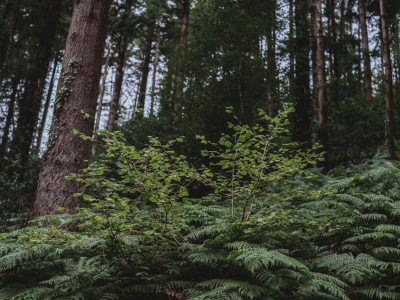
Sustainable Woodland Management AIM Level 3
- The Green Wood Centre
- 05 Aug 2025 - 07 Aug 2025
Woodlands feature many different tree species, each with its own particular characteristics and qualities. Some, like oak and ash, are famed for their fine timber, while others bear fruit, grow quickly, or are valued for some specific feature, purpose or myth.
Identifying one species from another can be challenging, especially in winter when the leaves have dropped from deciduous trees. People who have worked in woodlands all their lives can identify one species from another without always being able to tell you how. The rest of us rely on the shape, the leaves and the bark mainly, and turn to books on the subject for confirmation.
There is a wealth of resources on the internet to help you identify trees. One of the best is run by the Plant Sciences Department at Cambridge University. Another guide is to be found on the Woodlands for Sale website
For those of you who prefer not to carry your laptop into the woods there are a number of excellent books on the market. Here are a few examples-
The Field Studies Council publish an excellent plastic coated folding card tree ID key, and Small Woods has available a free guide to the most common trees, Summer tree ID